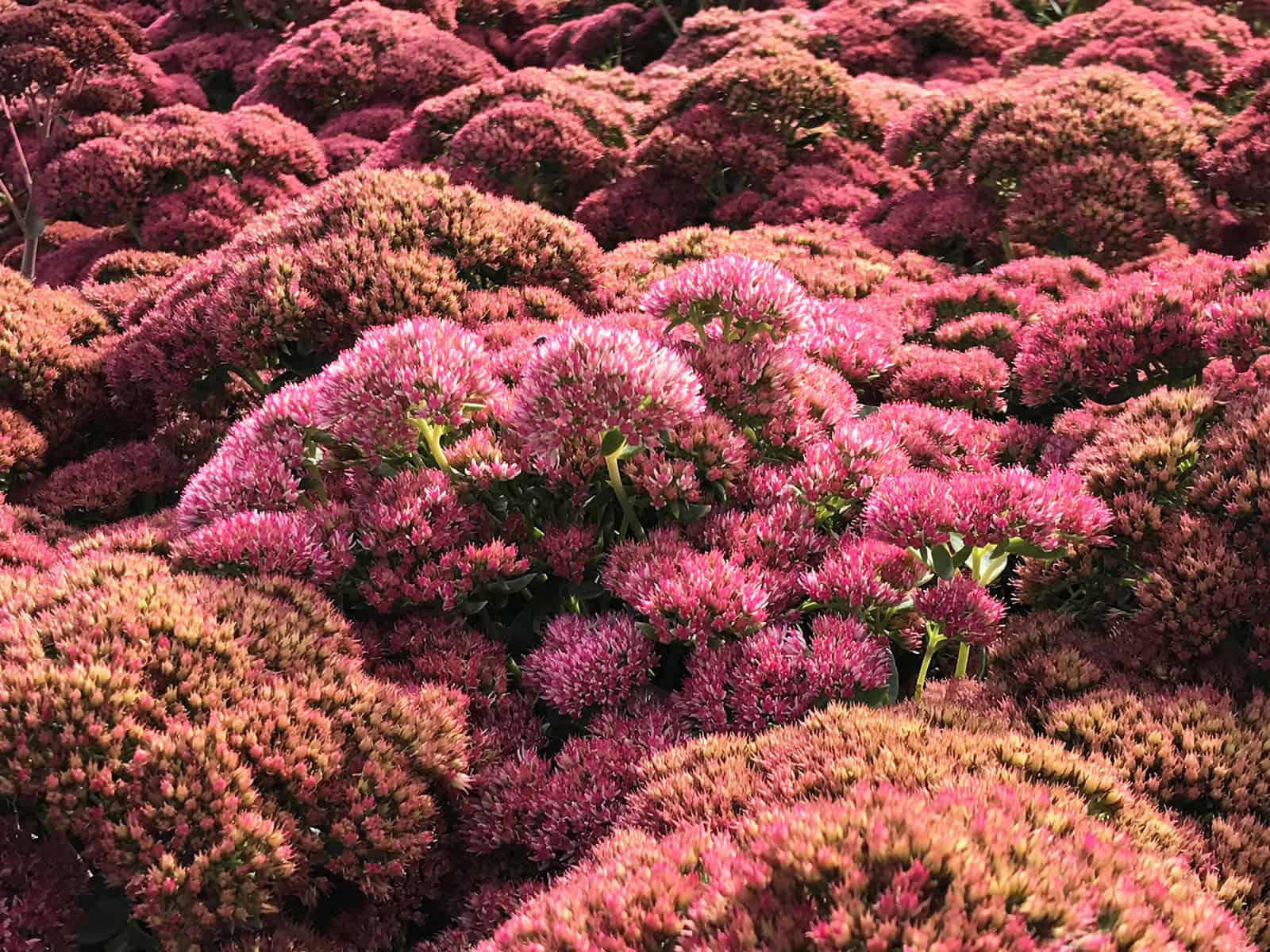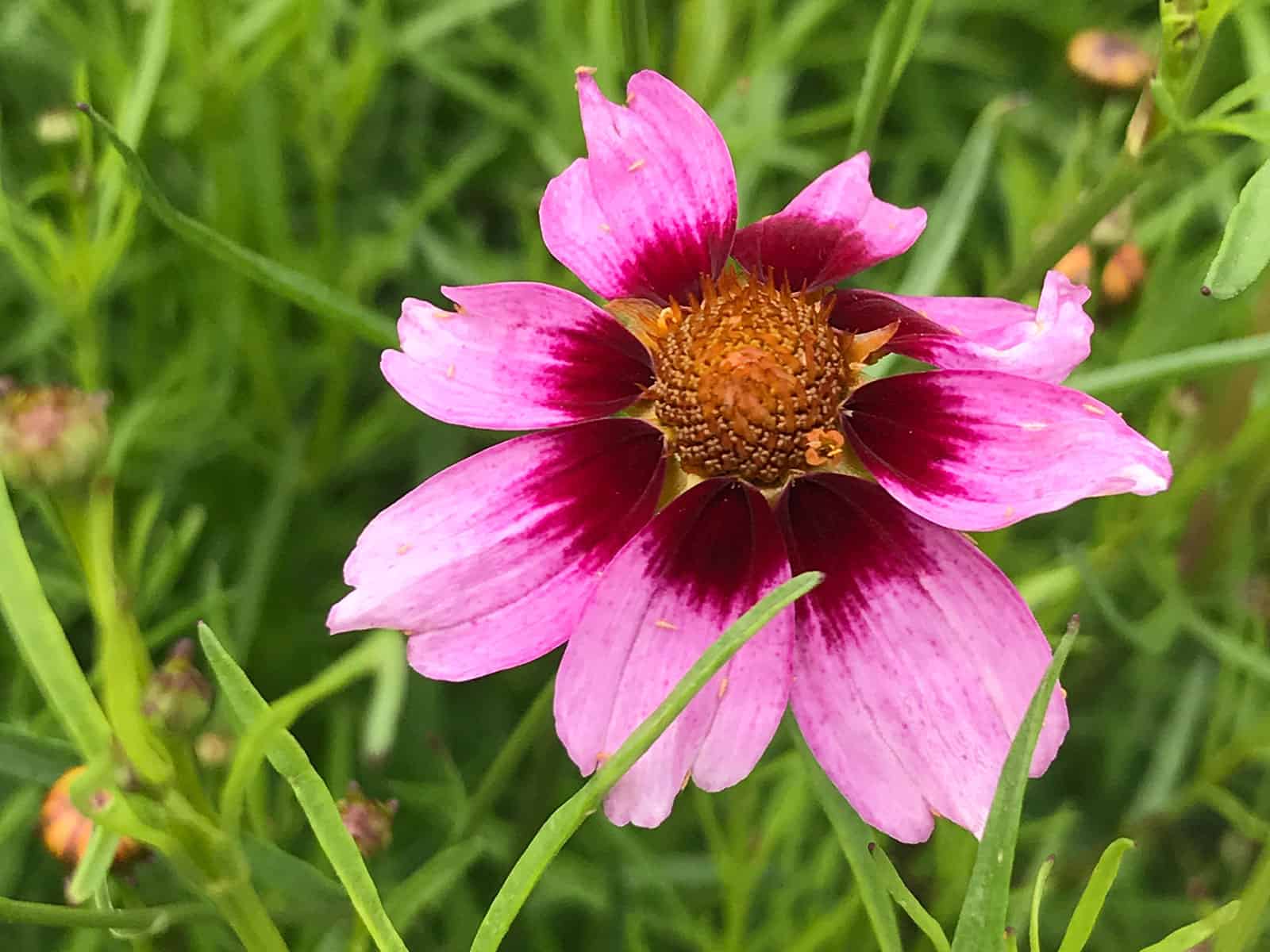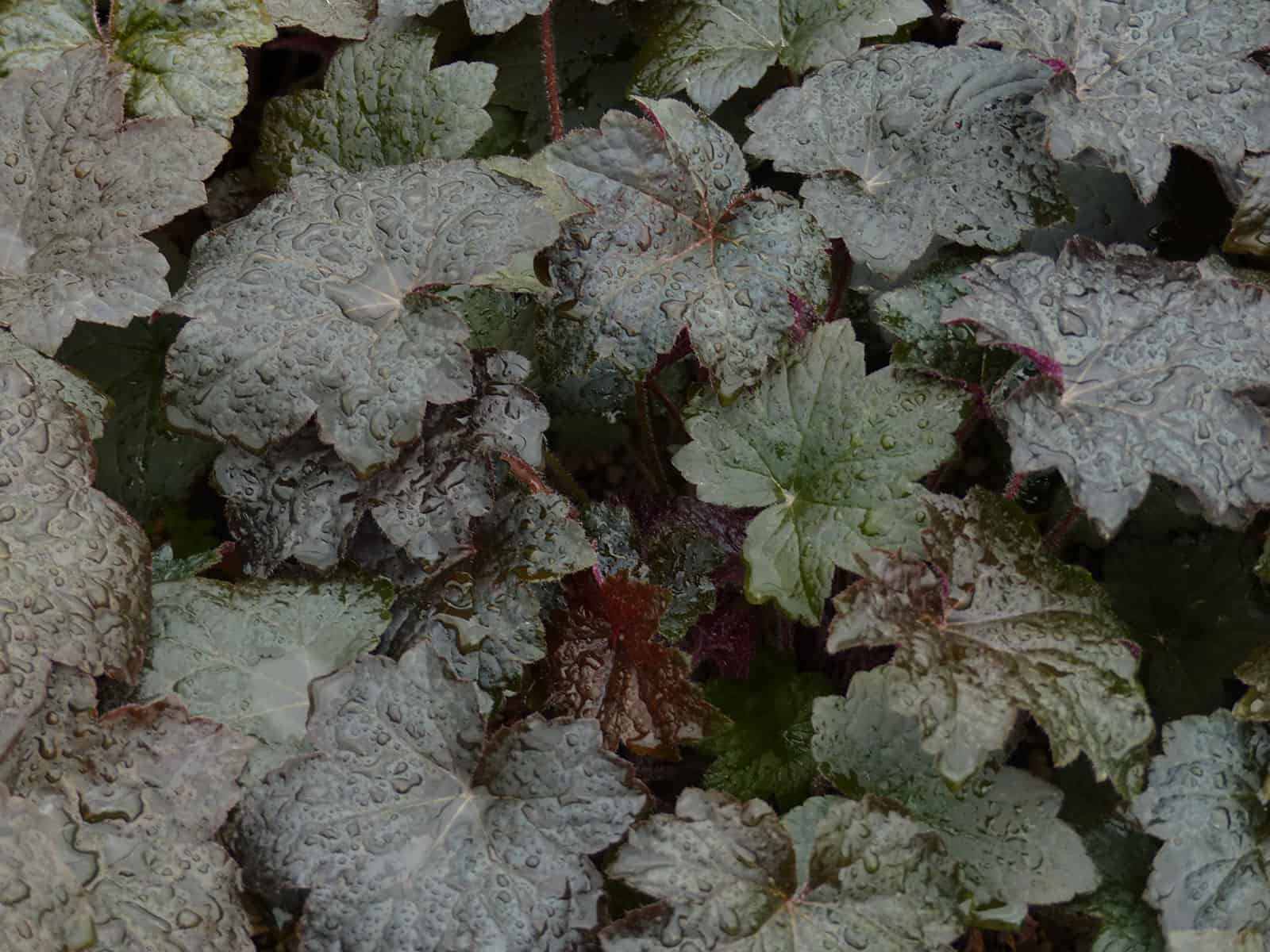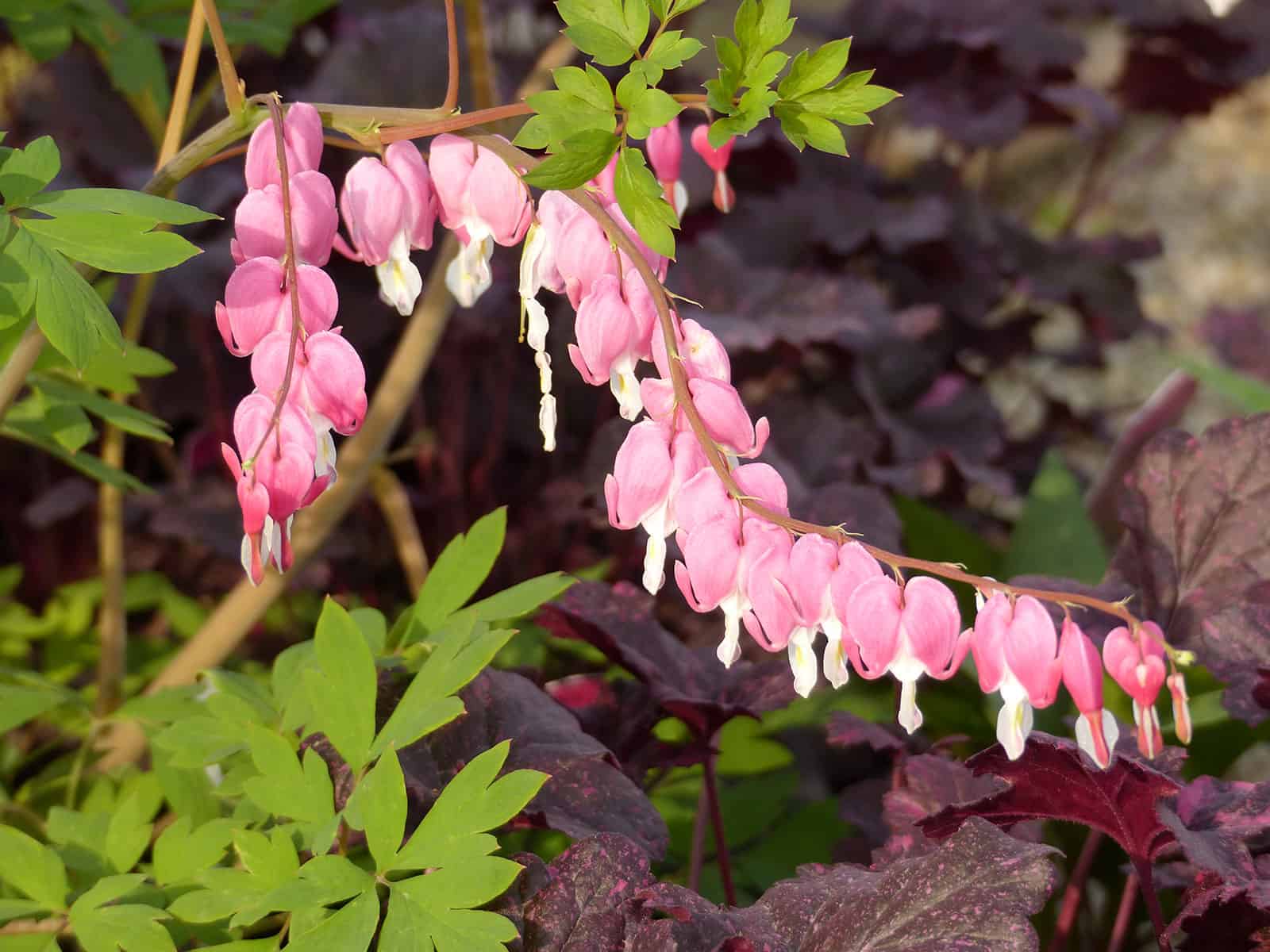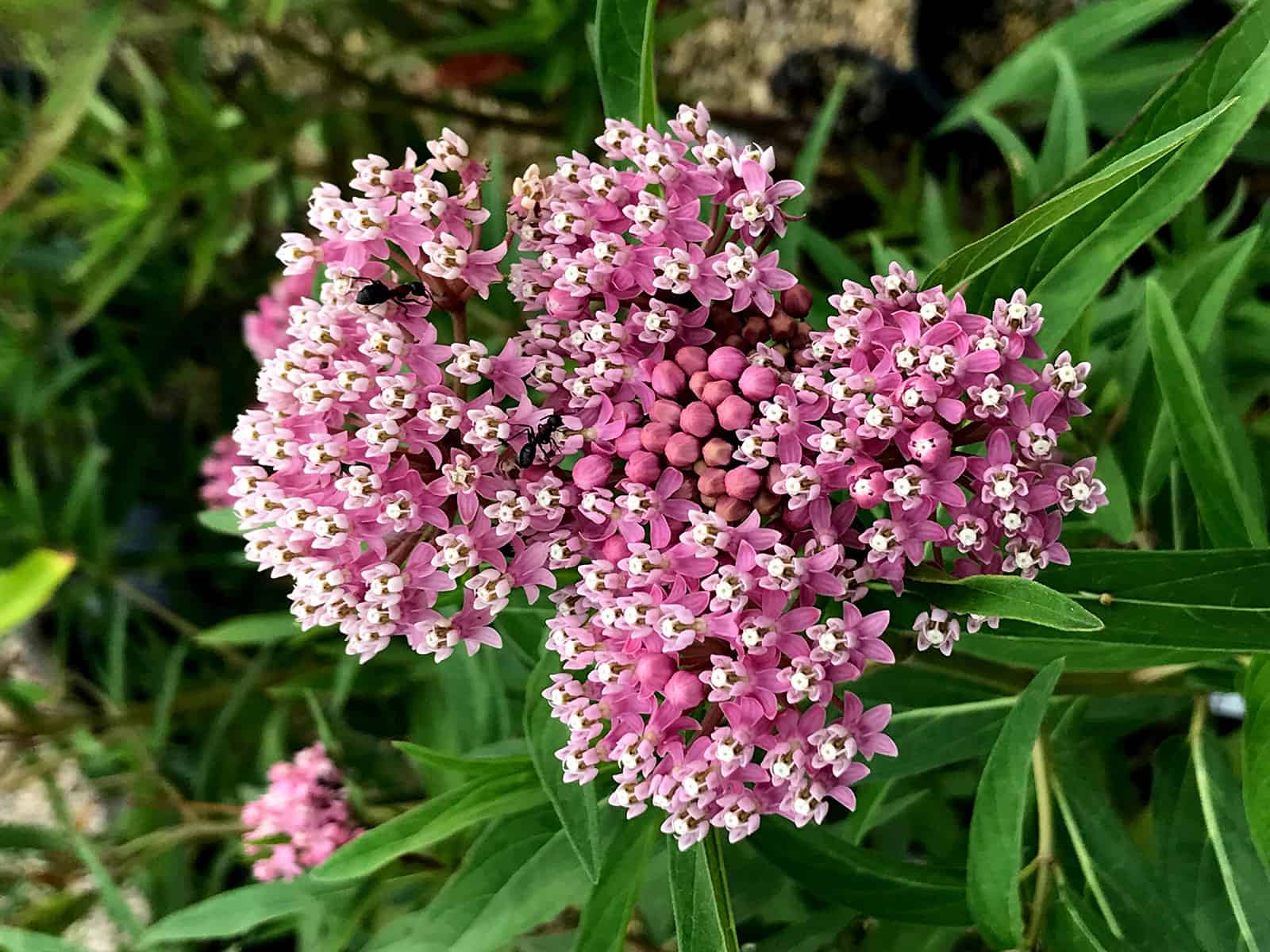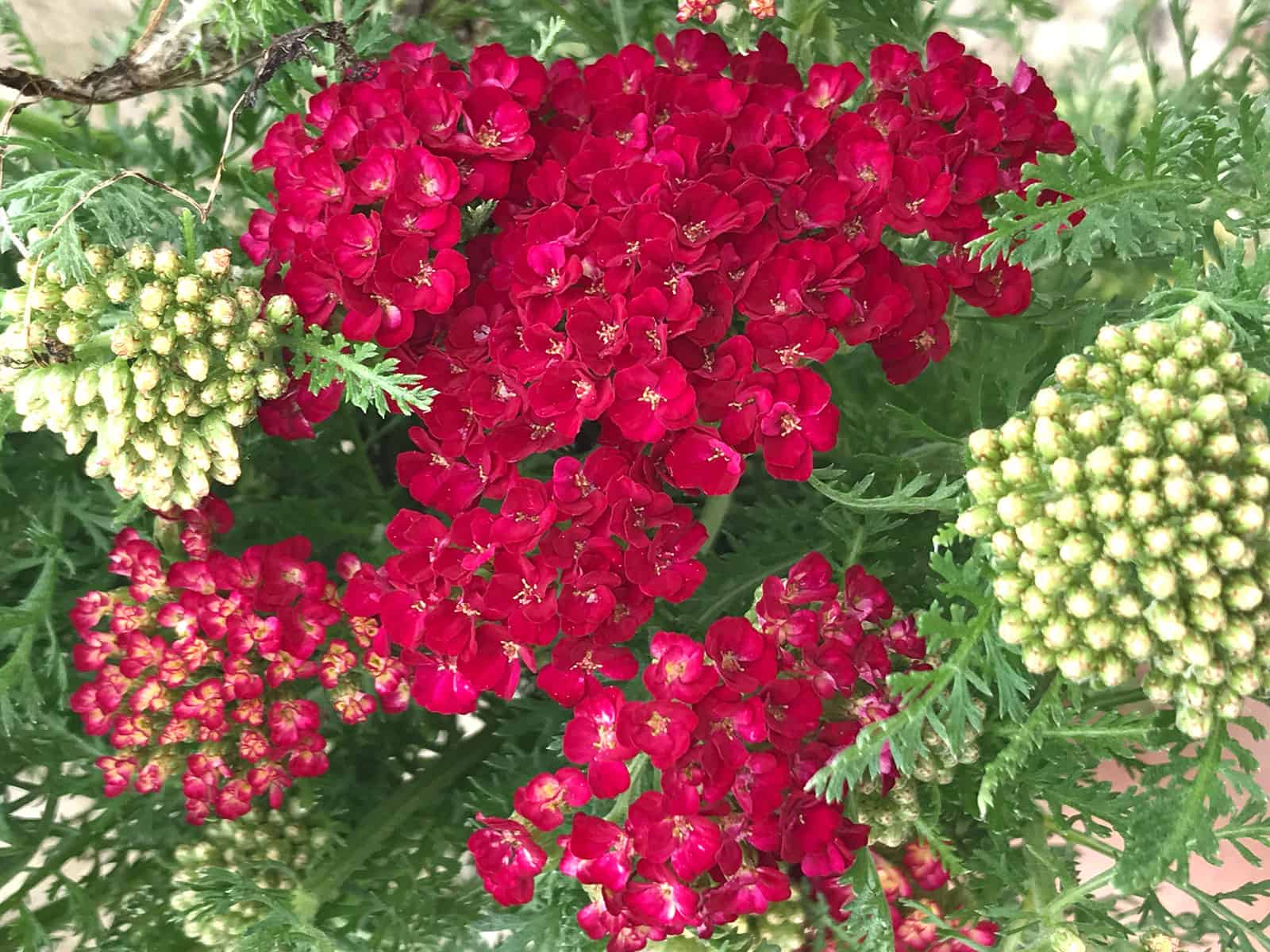The border varieties of Stonecrop are a dependable choice for the late summer and fall garden, offering foliage interest earlier in the season, then a colourful display of flowers in the fall. This Canadian selection is an improvement on the older Autumn Joy, with a taller habit and stronger, less floppy stems. Plants begin to produce green broccoli-like buds in mid-summer, which gradually open into enormous dusty-rose flower heads, finally deepening to rich rusty-red during autumn. Even the dead flower heads have good winter effect. An outstanding cut flower, and also attractive to butterflies. Registered with COPF: royalty required for propagation.
An improved selection of the Coreopsis ‘Rosea’. This forms a low, bushy mound of ferny green foliage, bearing masses of pink to rose colored daisy like flowers. Flowering begins in early summer and continues for weeks.
This selection was the first of many purple-leaved Coral Bells, and is still an excellent choice for towards the edge of the border, or in containers and tubs. Plants form a low mound of maple-shaped leaves, from bronzy-green to rich purple-red. Spikes of small creamy-white flowers appear in early summer. In hot summer areas a part shade location will help to prevent the leaf colour from fading. Evergreen in mild winter areas, but plants may be clipped hard in early spring. Division is not always easy, but can be attempted in spring. A former Perennial Plant of the Year for 1991
One of the most popular of old-fashioned garden plants, Bleeding Hearts burst into flower in late spring. Plants form a bushy, upright mound of light green foliage, with a somewhat ferny appearance. Dangling bright-pink locket flowers are held on arching stems, and these are excellent for cutting. Performs best in a rich, moist soil with partial shade, or at least protection from hot afternoon sun. After flowering, the plants should be sheared back to 6 inches tall, to rejuvenate the foliage. Even still, these often go completely dormant by midsummer, to return again the following spring. As an interesting sidenote, botanists have decided to change the name of the plant to Lamprocapnos spectabilis.
Cinderella is part of the Asclepias genus and is a Swamp milkweed variety. Its scientific name is Asclepias incarnata ‘Cinderella’. This variety typically blooms in the following colours: French rose, and typically produces a medium vanilla fragrance.
Good-looking, compact, bushy and heat loving, Achillea millefolium ‘Pomegranate‘ is a stunning Yarrow with its masses of long-lasting clusters of rich velvety red flowers which immediately catch the eye. Its pleasantly aromatic, semi-evergreen, green fern-like foliage is disease resistant and nicely compliments the cheerful flat umbel flowers.
